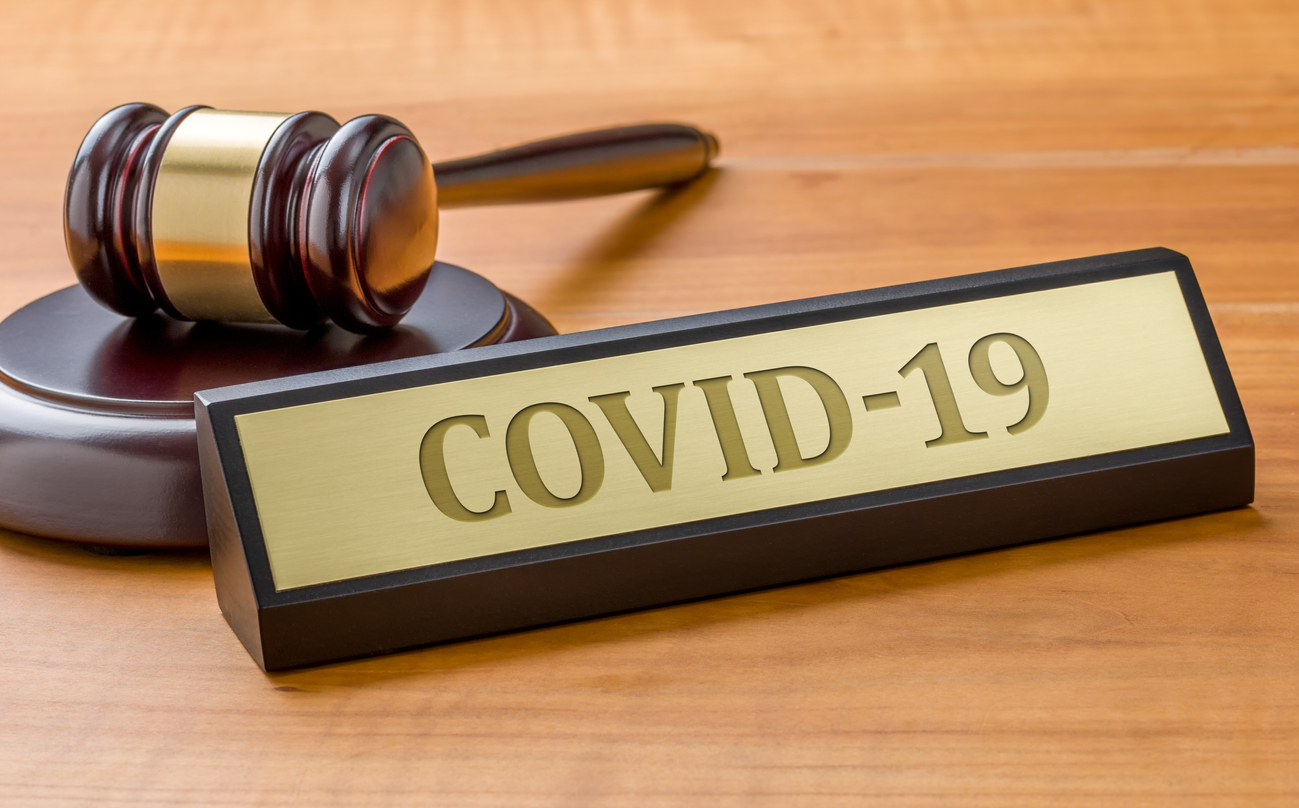There are many different practices implemented by an insurer that can be used to prove bad faith. An appellate court in California was faced with a case where just about everything about the examination under oath (EUO) — among other things — pointed to bad faith and the types of damages at issue actually helped the Insureds. Let’s take a look…
Tomaselli, et al. v. Transamerica Insurance Company, 25 Cal. App. 4th 1269 (1994), is a case where Dominick and Denise Tomaselli sued their homeowner’s insurance carrier, Transamerica Insurance Company (“Transamerica”), for its refusal to pay a first party property damage claim. The Tomasellis noticed a large crack in the house slab and submitted a claim for damages. Transamerica denied the claim based on a 14461 endorsement and late notice of the claim. Under the 14461 endorsement, losses caused by faulty or defective construction or compaction were excluded from coverage, even if another covered cause contributed to the loss. The carrier’s attorney sent a letter to the Tomasellis explaining, in part, that their EUO statements disclosed a number of items which cumulatively would alert a reasonable person to the existence of a problem and that the bathroom problems alone were enough to have placed them on notice. The Tomasellis sued for breach of contract and bad faith.
In this case, the Tomasellis had noticed a crack in 1979 in the tiles of their bathroom floor and contacted a tile repair man who replaced the tile floor. The repair man advised the Tomasellis of a crack in the slab under the tiles and pointed out that it could be serious. The tile floor cracked again, but the Tomasellis chose to hire someone else to repair the floor. They had also noticed a separation between the back patio and the house, but did not think it was a problem with the slab of the home since their understanding was that the patio was separate from the house. They had also noticed a crack in the garage floor, but thought it was insignificant.
When they filed their claim, Watanabe was assigned as the adjuster for the claim and he inspected the home. After conducting his examination, he consulted an attorney for purposes of determining whether there was coverage for the claim. Based on advice of counsel, Watanabe told the Tomasellis that Examinations Under Oath (“EUOs”) would be conducted. In his discussions with them about the EUOs, Watanabe told the Tomasellis that it was not necessary to have an attorney and that the EUO was merely a procedure to help settle the claim. He failed to advise them that the carrier’s attorney had indicated to Watanabe that the purpose of the EUO was to investigate potential policy violations which would preclude coverage.
Even though the attorney for the carrier advised Watanabe that the bathroom problem might be the only basis on which to impute early notice, Transamerica neither examined the bathroom crack nor tried to find the tile repair man to determine what he observed or what he told Tomasellis. The Tomasellis argued that the mere conducting of an EUO evidenced bad faith because EUOs are ordinarily administered to investigate fraudulent claims and Watanabe ordinarily did not use EUOs early in an investigation.
…Use of the EUO was early here, and was recommended just two weeks after Watanabe had commented that he believed Tomasellis were ‘not previously aware of any soils-related distress.’ Moreover, Watanabe misled Tomasellis about the EUO, since (1) he assured them it was a simple procedure to help settle the claim, (2) he dissuaded them from having an attorney present, and (3) he failed to inform them that the purpose of the EUO was to search for information of policy violations.
Additionally, the Tomasellis provided evidence showing that the carrier relied on the 14461 endorsement, even though the Tomasellis told the carrier that it had not been sent to them. Even assuming that Transamerica might have been justified in believing that the endorsement had been received by Tomasellis, the jury could have found that Transamerica’s reliance on the endorsement to deny the policy benefits was erroneous. Importantly, the Court noted the following:
Appellant [Transamerica] had not enforced the endorsement as to existing policyholders, such as Tomasellis, because appellant was of the view the notification of the endorsement may not have adequately alerted policyholders to the change in coverage…
Additionally, the letter from the carrier’s attorney responding to the Tomasellis’ assertion that they had never received the endorsement implicitly asserted Hamilton had rechecked with the agent and confirmed the endorsement had been sent to Tomasellis, when in fact she had not rechecked with Watanabe. No follow-up effort was made to determine whether Tomasellis had received the endorsement, yet Transamerica continued to rely on it.
As if that weren’t enough, the Tomasellis provided evidence that Watanabe knew he was obliged to investigate fully, but they neither took further photographs nor tried to tear up the bathroom tiling to examine the crack. Watanabe conceded that if the Tomasellis had been told it was a shrinkage crack, then they would not have been required to file a claim. Furthermore, Watanabe’s supervisor agreed that a hairline crack under the bathroom tiles would not have been a sufficient basis for denying the claim.
Based on the foregoing, the appellate court determined that the issue of bad faith was one for the jury to decide and that there was adequate evidentiary support.
I hope you tune in next week for another analysis of bad faith litigation.


